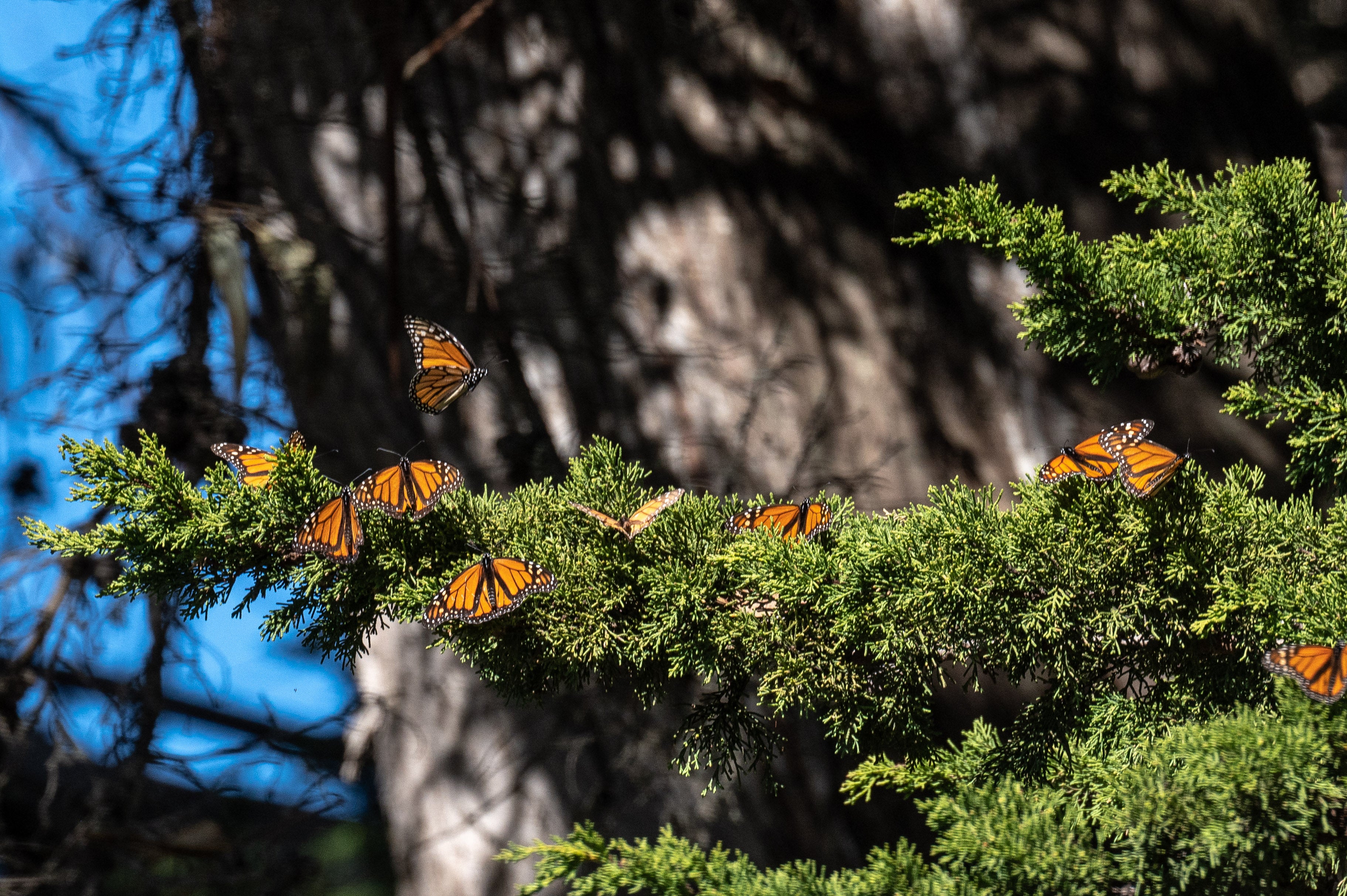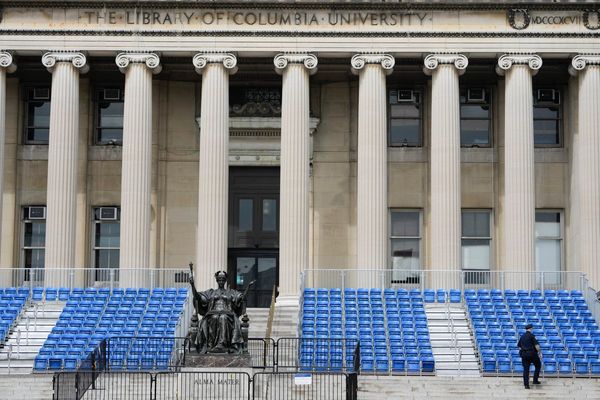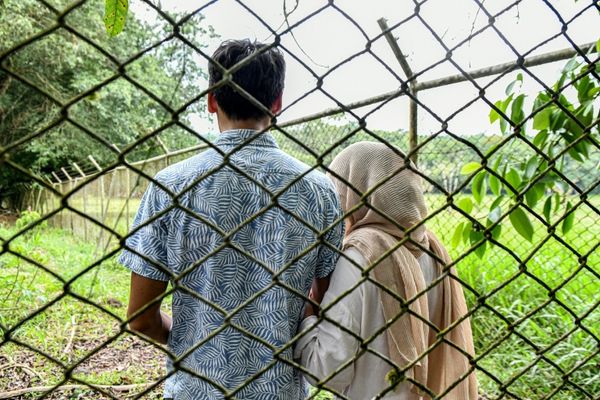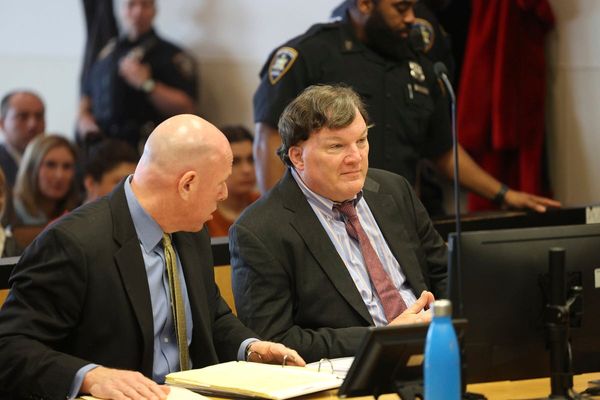Could the U.S. see a future without butterflies?
Alarming declines in populations across the country are potential harbingers that no more butterflies could soon become a reality, researchers said Thursday.
“Action must be taken,” Elise Zipkin, a Red Cedar Distinguished Professor of quantitative ecology at Michigan State University, said in a statement. “To lose 22 percent of butterflies across the continental U.S. in just two decades is distressing and shows a clear need for broad-scale conservation interventions.”
Zipkin is a co-author of the research published in the journal Science.
The national-scale findings, which were funded by the U.S. Geological Survey, “paint the most complete – and concerning – picture of the status of butterflies across the country in the early 21st century,” the authors wrote.
They used data from more than 76,000 surveys across the continental U.S., including the records of 12.6 million individual butterflies.
Butterflies are the most surveyed insect group. But, until now, studies have focused on individual species, such as the climate change-threatened monarchs. Butterflies are also threatened by habitat loss and insecticides.
Between 2000 and 2020, total butterfly abundance plummeted by 22 percent across the 554 recorded species. There was an annual decline of 1.3 percent. More than 100 species lost over half of their populations.

Serving as a key food source, bird populations in North America have declined at almost identical rates to the butterflies, losing nearly 3 billion birds over the last 50 years.
In addition to that role, butterflies are important pollinators, and responsible for $120 million of cotton production in Texas.
Losses were shown to be particularly severe in the Southwest, in the arid and hot climate. There are concerns about drought in the region.
“For those who were not already aware of insect declines, this should be a wake-up call,” Dr. Collin Edwards, the study’s lead author who works at the Washington Department of Fish and Wildlife, said. “We urgently need both local- and national-scale conservation efforts to support butterflies and other insects. We have never had as clear and compelling a picture of butterfly declines as we do now.”
“My neighbors notice it,” Nick Haddad, Michigan State University professor of integrative biology, said. “Unprompted, they’ll say, ‘I’m seeing fewer butterflies in my garden, is that real?’ My neighbors are right. And, it’s so shocking.”
Is climate change affecting U.S. allergy season?
Melting Antarctic ice sheets are slowing Earth’s strongest ocean current
Melting Antarctic ice will negatively impact our oceans. Here’s why
Cyclone Alfred mapped: When and where will the Category 2 storm make landfall?
Cyclone Alfred live: Brisbane Airport cancels flights as residents told to evacuate
Government backs end to licensed ‘wild take’ of birds of prey for falconry







